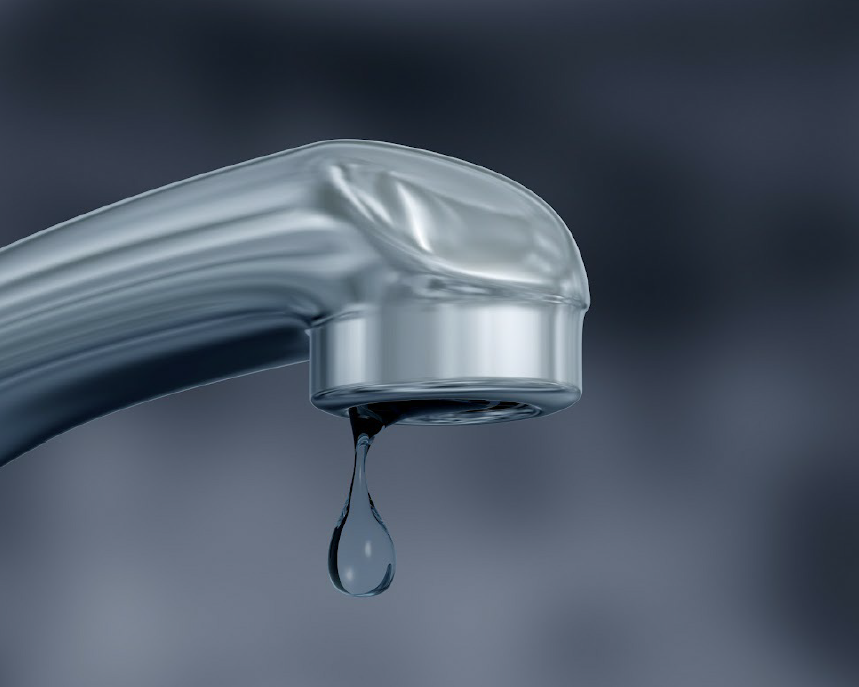We've stumbled upon this great article about Detecting hidden plumbing leaks directly below on the internet and believe it made good sense to talk about it with you in this article.

Early discovery of dripping water lines can mitigate a possible catastrophe. Aside from saving you cash, it will lessen the worry as well as disappointment. The moment you locate a leakage, calling your plumber for repairs is the very best solution. Nonetheless, some small water leaks might not be visible. If you can not detect it with your nude eyes, here are some hacks that aid.
1. Analyze the Water Meter
Checking it is a guaranteed means that aids you discover leaks. If it moves, that suggests a fast-moving leakage. This suggests you may have a slow leak that might also be below ground.
2. Check Water Usage
Analyze your water costs as well as track your water usage. As the one paying it, you must notice if there are any type of discrepancies. If you find sudden changes, in spite of your usage being the same, it implies that you have leaks in your plumbing system. Keep in mind, your water expense must drop under the very same array every month. A sudden spike in your bill suggests a fast-moving leak.
At the same time, a constant rise monthly, despite the exact same practices, shows you have a slow leak that's additionally gradually rising. Call a plumber to thoroughly examine your property, especially if you really feel a cozy area on your flooring with piping beneath.
3. Do a Food Coloring Test
When it comes to water usage, 30% comes from toilets. If the shade somehow infiltrates your dish during that time without flushing, there's a leakage in between the storage tank and dish.
4. Asses Exterior Lines
Don't fail to remember to examine your outdoor water lines as well. Needs to water seep out of the connection, you have a loosened rubber gasket. One little leak can lose tons of water and surge your water costs.
5. Inspect as well as Assess the Circumstance
Home owners should make it a practice to inspect under the sink counters and also also inside cabinets for any bad odor or mold growth. These 2 warnings show a leakage so prompt attention is needed. Doing regular examinations, even bi-annually, can save you from a major problem.
If you know your home is already old, keep a watchful eye on your heaters, hose pipes, pipes etc. Check for discolorations as well as compromising as a lot of devices and pipes have a life expectancy. They will also normally wear away as a result of tear and wear. If you suspect dripping water lines in your plumbing system, do not await it to escalate. Call a specialist plumber today so you do not end up with an awful mess in your home.
Early detection of dripping water lines can alleviate a potential catastrophe. Some little water leakages may not be visible. Inspecting it is a guaranteed method that helps you discover leakages. One small leak can squander bunches of water and increase your water costs.
If you suspect dripping water lines in your plumbing system, don't wait for it to escalate.
WARNING SIGNS OF WATER LEAKAGE BEHIND THE WALL
PERSISTENT MUSTY ODORS
As water slowly drips from a leaky pipe inside the wall, flooring and sheetrock stay damp and develop an odor similar to wet cardboard. It generates a musty smell that can help you find hidden leaks.
MOLD IN UNUSUAL AREAS
Mold usually grows in wet areas like kitchens, baths and laundry rooms. If you spot the stuff on walls or baseboards in other rooms of the house, it’s a good indicator of undetected water leaks.
STAINS THAT GROW
When mold thrives around a leaky pipe, it sometimes takes hold on the inside surface of the affected wall. A growing stain on otherwise clean sheetrock is often your sign of a hidden plumbing problem.
PEELING OR BUBBLING WALLPAPER / PAINT
This clue is easy to miss in rooms that don’t get much use. When you see wallpaper separating along seams or paint bubbling or flaking off the wall, blame sheetrock that stays wet because of an undetected leak.
BUCKLED CEILINGS AND STAINED FLOORS
If ceilings or floors in bathrooms, kitchens or laundry areas develop structural problems, don’t rule out constant damp inside the walls. Wet sheetrock can affect adjacent framing, flooring and ceilings.
https://www.servicemasterbyzaba.com/blog/how-to-detect-water-leakage-in-walls/

We are very inquisitive about Top leak detection hacks and I really hope you enjoyed the post. Liked our blog entry? Please share it. Help another person check it out. We treasure reading our article about Top leak detection hacks.
Comments on “How to Find and also Repair Service Water Leaks-- A Comprehensive Guide”